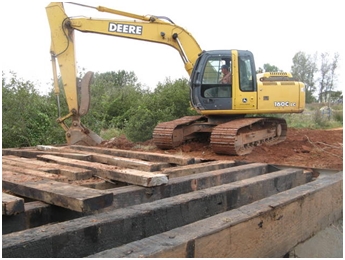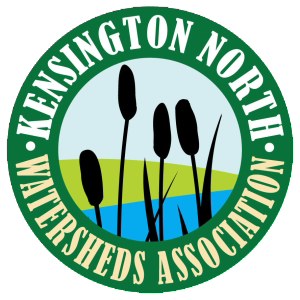The level of respect that farmers have for streams and wetlands (riparian zones) on farms is increasing as our communities become aware of the important role they play in our ecosystem. A riparian zone is the name given to the ecosystem where dry land and water meet. It is an extremely important area, as 80% of wildlife spends most or all its life in the riparian zone. The importance that farmers and all Islanders place in riparian zones is evident in our common goal of keeping our waters clean and safe.

One piece of proof of the respect that farmers have for our riparian zones is the increased effort being put into stream crossings on farms. Prior to the 1990’s construction of stream crossings was unregulated, and a wide range of structures and solutions for crossing streams existed. Many did not permit the passage of fish, and some fish populations became separated and thus weakened. The lack of expert construction advice often resulted in undersized structures being built that were more easily damaged during periods of high water flow during storms or spring thaws.

Today, the regulatory standard for new stream crossing construction is vastly improved. The size of new culverts or bridges is carefully calculated to handle the peak flows from the drainage area upstream. Materials and construction methods are fish friendly. Government programs are in place to assist farmers with the higher cost of installing these ecologically sound structures.
The result is a huge decrease of the impact of stream crossings on riparian zones. Fish passage is improved, allowing healthier fish populations and greater biodiversity. These stable structures also reduce the effects of erosion.

This column is presented by the Kensington North Watersheds Association and the East Prince Agri-Environment Association to inform our communities of the ongoing efforts farmers are taking toward good environmental stewardship.
